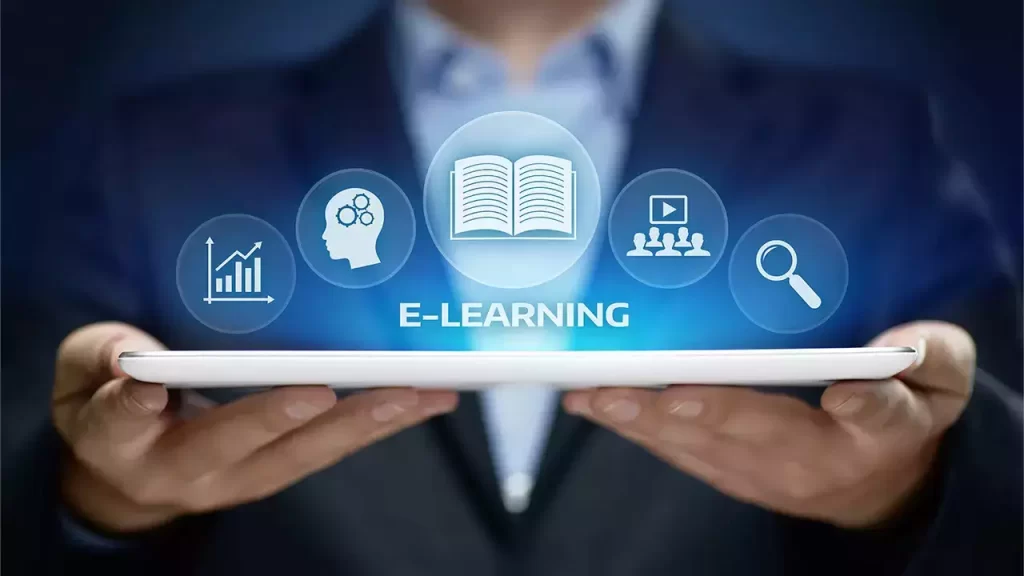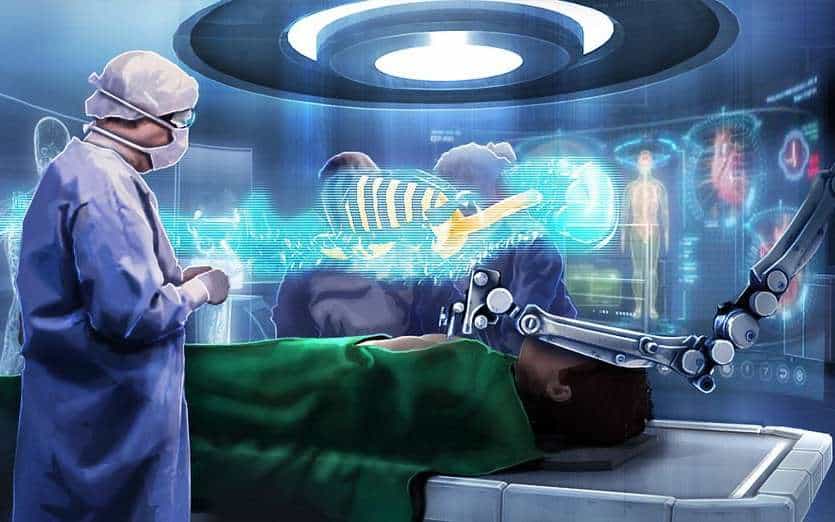Introduction
In recent years, the landscape of medical education has undergone a seismic shift, driven by technological advancements, evolving healthcare needs, and the complexities of modern patient care. As we strive to prepare future healthcare professionals for the challenges ahead, it is essential to embrace innovation and integrate essential tools that enhance learning and clinical competence.
The traditional models of medical education, often characterized by rote memorization and passive learning, are increasingly viewed as inadequate in equipping students with the skills necessary for real-world practice. Today’s learners require a curriculum that fosters critical thinking, adaptability, and hands-on experience. To meet these demands, educators are exploring a range of innovative methodologies, including simulation-based learning, digital resources, and interprofessional education.
Simulation-based learning has emerged as a cornerstone of contemporary medical training, offering students a safe environment to practice clinical skills, make decisions, and learn from their mistakes without jeopardizing patient safety. High-fidelity manikins and virtual reality platforms immerse learners in realistic scenarios, promoting active engagement and enhancing retention.
Moreover, the integration of technology—such as online learning platforms, mobile applications, and virtual classrooms—has revolutionized access to medical education. These tools provide flexibility and accommodate diverse learning styles, allowing students to take ownership of their education and engage with content at their own pace. The rise of telemedicine and digital health also necessitates that medical curricula include training in these areas, preparing students for the future of healthcare delivery.
Interprofessional education (IPE) is another vital component, fostering collaboration among various healthcare disciplines. By learning alongside peers from different specialties, students develop essential teamwork skills and a more holistic understanding of patient care, ultimately improving health outcomes.
As we look toward the future, the challenge lies in thoughtfully integrating these innovations while maintaining the foundational principles of medical education. It is crucial to strike a balance between technological advancements and the humanistic aspects of medicine—compassion, empathy, and communication skills—that are essential in building effective doctor-patient relationships.
In this exploration of modern medical education, we will delve into the specific innovations and essential tools shaping the learning experience today. We will examine case studies, review emerging technologies, and discuss best practices for educators committed to fostering the next generation of healthcare leaders. By embracing these advancements, we can create a more effective, adaptable, and compassionate healthcare workforce, ready to meet the evolving needs of society.

How Innovation Has Changed Modern Medicine Education
Long gone are the times when the health education system was limited to the hallowed pages of a textbook and traditional classrooms. Along with the ever-increasing complexity of healthcare, there comes the requirement for sophisticated training methodology. With technology as the harbinger of this revolution, it is now possible to introduce interactivity into the learning process, deliver content tailored to someone’s needs, and bring better collaboration between students and instructors.
Why Innovation in Medical Education?
Innovation is no longer an option but a compulsion in medical education, as it is always evolving at a pace that is quite fast. Medical education is the greatest requirement for assimilating modern technologies in the following ways:
Access to real-time resources: Huge collections of medical literature, case studies, and research papers can be accessed instantly.
Simulation-based learning: Simulation models of surgical techniques or patient cases can be safely practiced without actually performing the associated real risks.
Cross-border collaboration: With globalization, educationalists and students can exchange themselves cross borders and utilize knowledge across borders.
Critical Technologies that are Revolutionizing the Face of Medical Education

1. Virtual Reality (VR) and Augmented Reality (AR)
The most revolutionizing change in medical education no doubt comes in the form of the rise of VR and AR. These technologies will allow students to participate in completely immersive experiences that are meant to replicate real life but with plastic patients instead. For example, VR will allow surgeons to be able to perform complex surgeries risk-free. AR can be used to overlay all kinds of critical information in live patient assessments.
Advantages of VR and AR in Medical Education:
Hight participation: Any knowledge acquired is likely to be retained in the brain through interactive as well as visual learning.
Risk-free practical environment: The students are permitted to make mistakes without any implications of real-world events occurring.
Sound judgments: Students are taught how to handle high-pressure situations with confidence.
Simulation-based Learning
Simulation technology has a multifaceted impact on medical training in so far as it allows learners to gain practical experience while performing clinical procedures and interacting with patients in an environment that feels real but controlled. It could be a life-like mannequin simulating the human body or software-based diagnostic tools, thus allowing experience without jeopardizing safety.
Advantages of simulation in medical education:
Practice with no risk: With the medical students , there is always a potential that they would make some mistakes and learn from such a mistake. They can practice skills without causing any harm.
The gap between theory and practice – Simulations afford the opportunity to the trainee of making things that were theorized actual in real settings.
Immediacy of feedback: The level of response provided enables learners to improve their techniques, hence better decisions are reached faster.
3. Mobile Learning and Medical Apps
This has further enhanced the role of medical education through the incorporation of mobile learning into the classroom, coupled with the mushrooming numbers of smart phones and tablets. All this information is currently at your fingertips, including medical education anatomy models, drug databases, and even virtual patient cases. Such portability makes learning possible at any time, anywhere and as such is not as daunting a task to follow work when competing with other commitments.
Essential features of mobile learning:
Students do not really need in-class teaching as they can read the materials during their free time or even while heading to work.
Interactive learning: The applications are designed with quizzes, flashcards, and even case studies in order to guide memorization of what has been learned.
Latest information: Medical apps are updated ever since to reflect current research and best practices.
4. AI and ML
AI and ML are changing the scenario of medical education. These technologies can make the learning experience more targeted at the individual strengths and weaknesses, thus focusing more on areas of improvement in the contents themselves. AI can also work on large data sets and simulate results based upon test cases of patients, which enables students to understand the subtlety of medical diagnostics.
How is AI Revolutionizing Medical Education?
Personalized learning trails: AI-learns customizes the curriculum based on strengths and weaknesses of students for a more focused teaching.
Predictive analytics: Utilizing the machine learning model, a probable result of a student in an examination can be predicted. It may even suggest changes in study behavior or exactly where most attention needs to be paid
Virtual patient engagement: AI-powered virtual patients provide instant feedback on simulated real-life consultations and diagnoses.
5. E-learning Platforms
The field of medical education has been very positive regarding the effects of e-learning, and with the rest of the world shifting towards internet learning, such e-learning sites have become the most welcome additions to medical education Platforms such as Coursera, Khan Academy, and edX provided proper courses of study on any subject concerning medicine, and therefore, quality education has been administered to people who never would have had access to such quality education.
Besides, various colleges provide hybrid models, which consist of on-campus clinical practice, but theory is carried out online.

Benefits of E-learning Sites
Flexibility: A student can learn at his or her own pace, on his or her own schedule.
Accessibility: E-learning ensures there is no geographical constraint, and students in every corner of the world can easily attain good quality education.
Least Expensive: Most of the online courses are quite economical compared to their traditional counterparts, and some are even free.
Application of Technology in Student Assessment
In addition to teaching, technology provides support for the assessment of students as well. The online marking system, virtual OSCEs, and AI-based marking systems not only make assessment accurate but also time-effective. These most likely facilitate the process of assessment; reduce administrative burdens; and, above all, provide students with timely feedback.
Limitations of Using Technology in Medical Education
There are a lot of advantages, yet no system of education is totally free from challenges of some sort. Bringing in technology into medical education also poses its own challenges. Where a learning institution does not possess the physical and material setup for advanced tools, it may even have a learning curve for both educators and students to adapt to new technologies. Again, these objections can be overcome by adequate investment and training to result in a more vibrant and productive learning ambiance.
Coping Through Challenges
Training and support: Training of both staff and students should be inducted to make it easier to integrate new technologies within the institutes.
Infrastructural investment: Government and private sector investment must cater to equipping the institutions with necessary infrastructural requirements to develop technological capabilities. Ongoing updates: Medical education institutions must update the tools and platforms as technology becomes more continuous.
The Future of Medical Education: What’s Coming?
Undoubtedly, the future of medical education will be technology-forward. There will even be more exciting and personalized learning experiences with further development in AI, VR, and similar technologies. It is to equip the next generations of providers to have high-quality care for patients in an increasingly complicated environment

Conclusion
It does not only involve the requirement of technology besides medical education but also technology has become a part of the medical education. Not only has it gone from the VR simulation to the AI-driven personal learning but a lot of tools have even reached an extent where they now define the functions and learner functions in studies of medicine. This is the reason for which innovation makes sure that the future ages of health experts not only leading its times, but the students as well as doctors in the medical science stands at an ace.
Therefore, the future generation will be well equipped to take on the challenges and fulfill the demands of the future.
FAQs
1. In which ways has VR affected the medical education?
Virtual Reality has revolutionized medical education because it enables the very important experience for learners, in an absolutely safe environment, to attempt very complex procedures that would otherwise carry with them the potential for dire consequences in the real world.
2. Does a mobile app supplant the traditional textbook in medical education?
Mobile apps are useful and portable, but they do not supplant the traditional textbook, which remain a host of supplementary tools for both interactive learning as well as access to information.
3. Why is simulation-based learning beneficial in the context of medical education?
Simulation-based learning bridges the gap between theory and practice since the knowledge gained by the students is applied within a controlled environment with immediate feedback about their work.
4. Is AI in medical education only for assessments?
No, the AI is also deployed to offer tailored learning paths and to simulate virtual patient interactions besides analyzing large data sets for better training in diagnostics.
5. What is to become of medical education if the technologies never end?
Future of Medical Education Advances in AI, VR, and E-learning Future of Medical Education Advances in AI, VR, and E-learning will mean a future where learning medicine is more interactive, personalized, and accessible for better-groomed students with competencies and skills upgrading in an ever-changing medical field.







